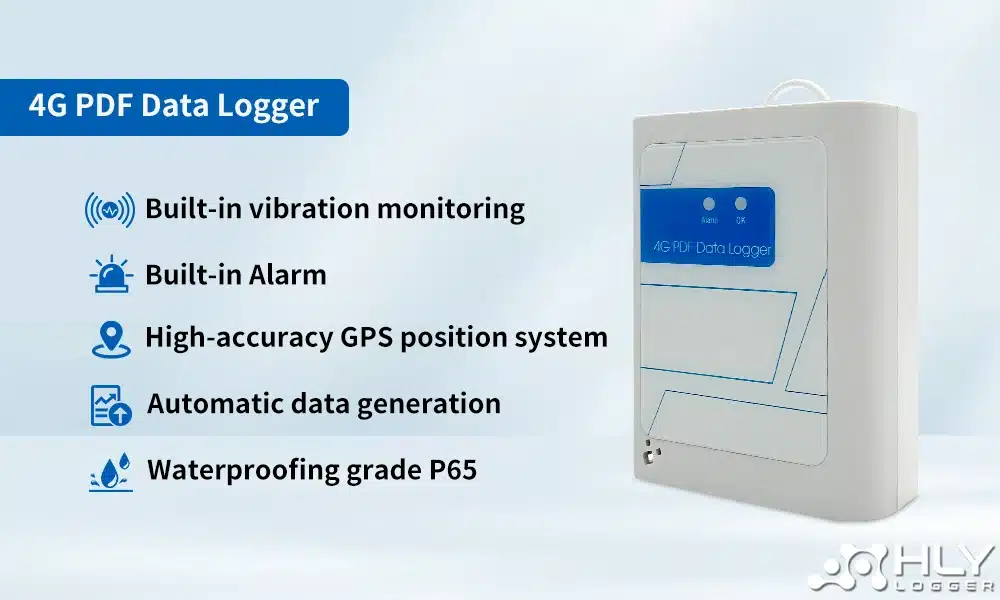IoT hardware plays a crucial role in organizations by facilitating the collection and exchange of data via the internet. This hardware is an integral part of the IoT system. Its operation is fast and efficient, enabling automation across all aspects of monitoring and control in various industries.
IoT hardware typically includes a range of devices such as sensors, actuators, connectivity modules, processors, gateways, and edge devices. These components work together to create a highly effective IoT ecosystem for smart homes, healthcare, industrial automation, agriculture, and more.
Contents
Key IoT Hardware Technologies
IoT hardware plays a crucial role in managing data within a company. Therefore, the technology that supports it must be of superior quality. Below are some of the main technologies that will consistently facilitate the work of IoT solutions.
Sensors
The role of sensors in IoT hardware is to collect data from the environment. This data can include factors such as temperature, humidity, movement, light intensity, pressure, and more. The sensor then converts these physical phenomena into digital signals, which the IoT system can process.
In IoT hardware, sensors are essential for detecting various parameters. As a result, several common types of sensors have emerged, including temperature sensors (thermistors or thermocouples), humidity sensors (e.g., DHT11, DHT22), motion sensors (accelerometers), proximity sensors (e.g., ultrasonic or infrared sensors), and many others.
Actuators
Actuators respond to incoming data. After receiving a signal from a microcontroller or another IoT device, the actuator converts the signal into mechanical movement or some other form of physical output, such as triggering sensors, opening valves, moving motors, or turning on lights.
There are several types of actuators that customers can choose from to customize their device systems. Mechanical actuators, which provide specific movements, include motors, gears, and servos.
Thermal actuators respond to changes in temperature, as you see in thermostats that turn heaters or coolers on or off. Electromagnetic actuators operate through the interaction of electric current and magnetic fields; an example of this is when a valve or switch opens and closes due to the work of a solenoid or relay. Finally, pneumatic and hydraulic actuators use air or fluid to create force and are commonly use in industries with robotic systems.
Processor and Connectivity Module
IoT hardware has a brain or processor that smooths the system. The brain of the device, such as SoC (System on Chips), Arduino, or Raspberry Pi, processes data from sensors and controls actuators. Connectivity modules, such as Wi-Fi, Bluetooth, Zigbee, LoRa, and other cellular modules, then communicate through different networks.
Gateway and Edge Devices
Gateway devices collect data from IoT devices in the field and send it to cloud servers or other devices. Data processing and filtering also occur in this device. Edge devices, on the other hand, can process data closer to the source. These devices are particularly useful for reducing bandwidth usage.
The entire network of IoT system devices requires quite a bit of power over an extended period. The use of batteries, solar panels, or energy harvesting solutions can support the technology that forms the backbone of IoT hardware.
IoT Hardware Applications in the Industrial Sector
IoT hardware applications have a significant impact on various industrial sectors. Efficiency improves despite the high cost of procuring energy sources. Additionally, the field of monitoring with automation continues to grow increasingly sophisticated. The following are some of the leading industrial sectors that have successfully utilized IoT hardware:
Healthcare
Remote patient monitoring will become increasingly feasible with the use of IoT hardware. IoT devices that aid in healthcare include smartwatches and fitness trackers, which monitor health metrics. For instance, the vital signs of patients, such as those with heart conditions, can be transmitt to healthcare providers if there are unusual changes.
IoT devices also assist hospitals in tracking medical equipment to ensure that devices are available when you need them. Moreover, patients with specific conditions can immediately notify staff using smart devices. These devices monitor patient movements and adjust to provide the necessary comfort.
Manufacturing
IoT hardware is essential in the manufacturing sector for transforming a factory into a modern smart facility. The production line becomes more efficient because IoT enables remote control of machines and real-time workflow adjustments. Furthermore, sensors monitor machines and equipment to provide accurate predictions, preventing failures before they occur. This leads to a reduction in downtime.
Additionally, manufacturers using supply chain management can track inventory and shipments. IoT-supported sensors ensure more efficient operations and help reduce waste.
Transportation and Logistics
IoT hardware plays a key role in fleet management, where vehicle hardware tracks location, fuel consumption, and monitors driver behavior. This improves logistics efficiency. In cold chain management, IoT sensors track temperature and humidity conditions of goods in transit, ensuring product integrity, particularly for goods that are sensitive to temperature changes or easily damaged.
Moreover, large cities have implemented IoT hardware solutions for traffic management. Smart traffic sensors and interconnected traffic lights help manage traffic flow, potentially reducing congestion and improving safety in urban areas.
HLY Technology Co., Limited, a data logger supplier and Internet of Things solutions in the cold chain sector, has dedication to helping you find the right hardware. Since 2011, we have focused on applying advanced technologies such as GSM/CDMA/UMTS, Zigbee, LoRa, WiFi, Bluetooth, and NB-IoT, which are embedded in our innovative products.
All our product designs can provide robust performance for wide use in various industrial sectors, including food, pharmaceuticals, and chemical production. Our applications cover the entire product life cycle, including agricultural planting, production, storage, transportation, and distribution.


